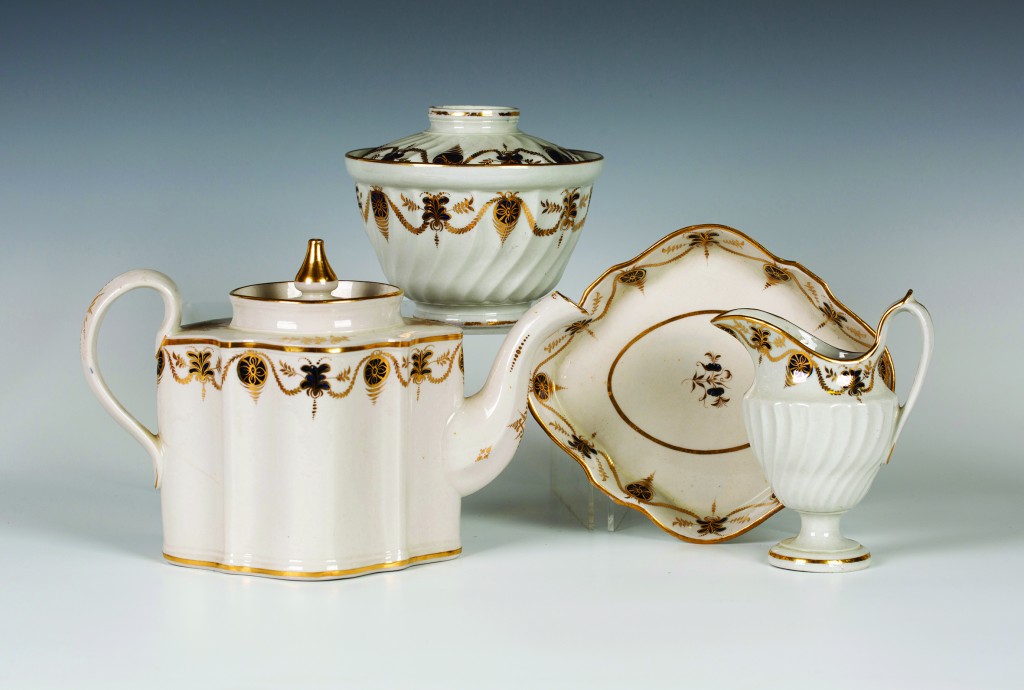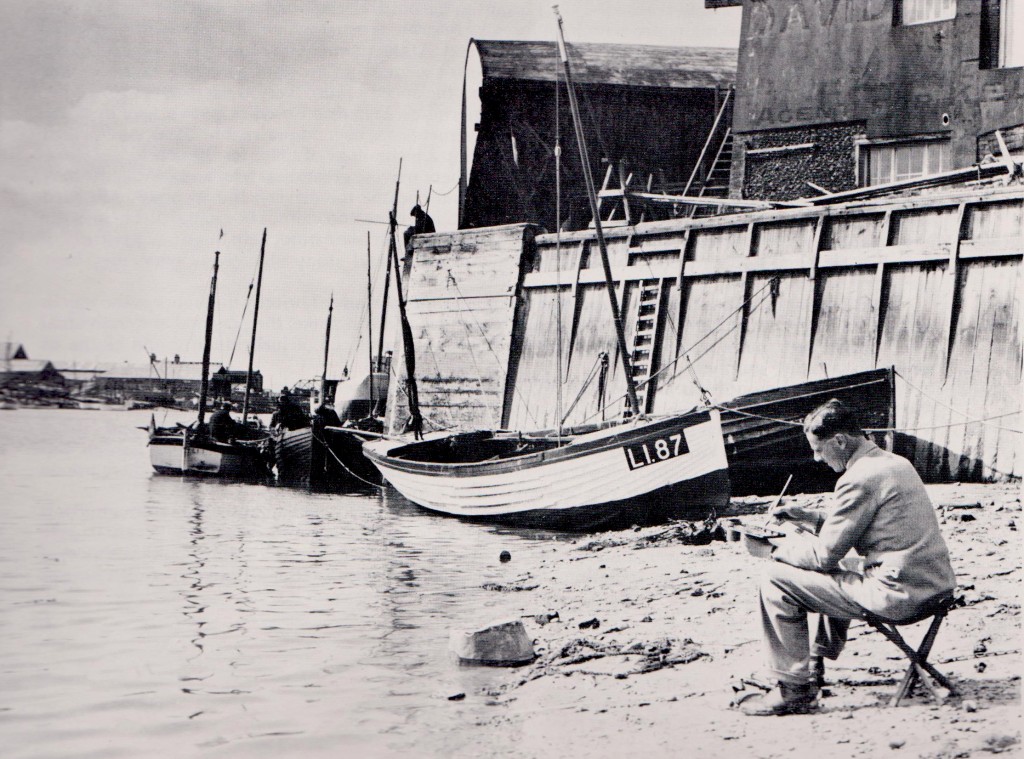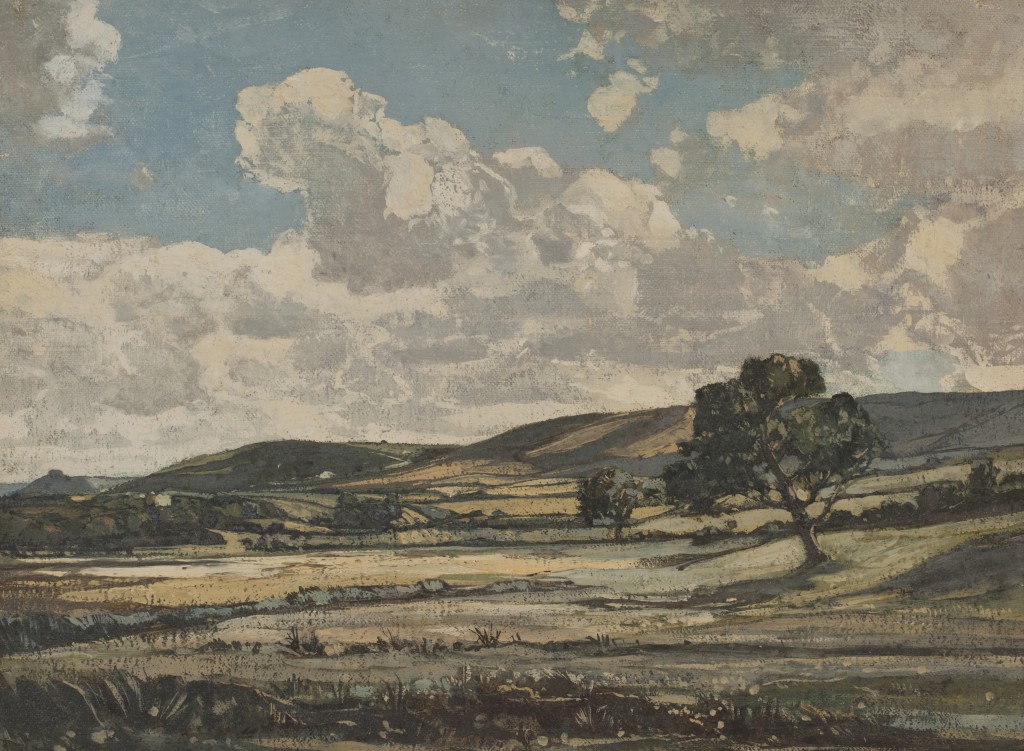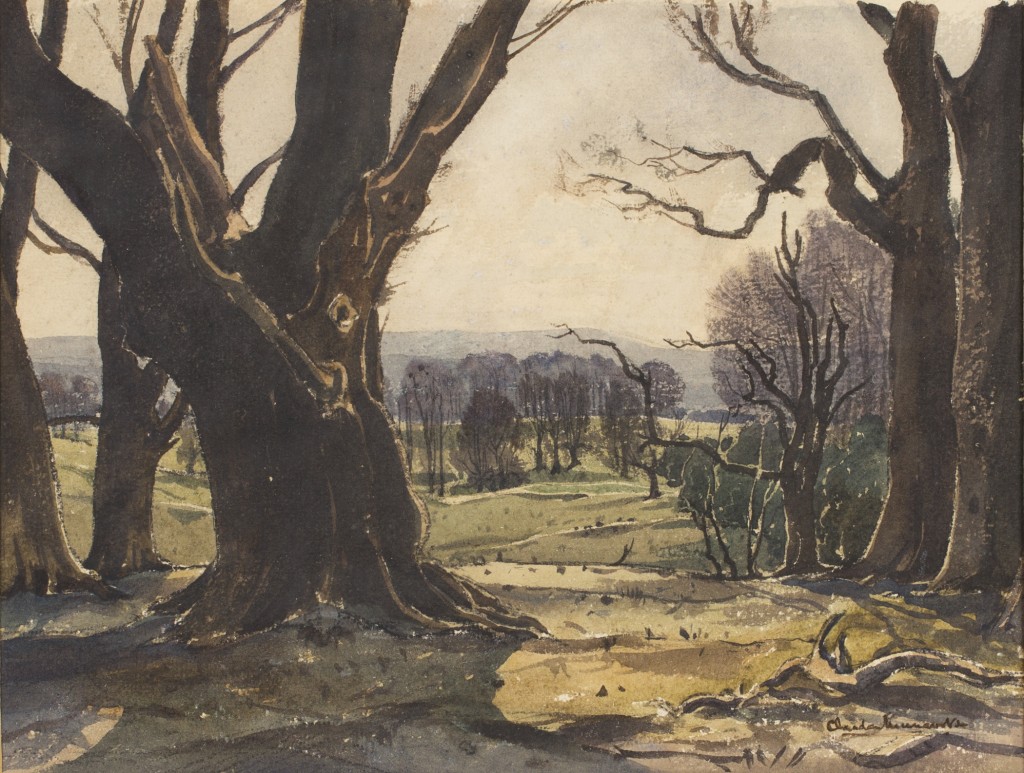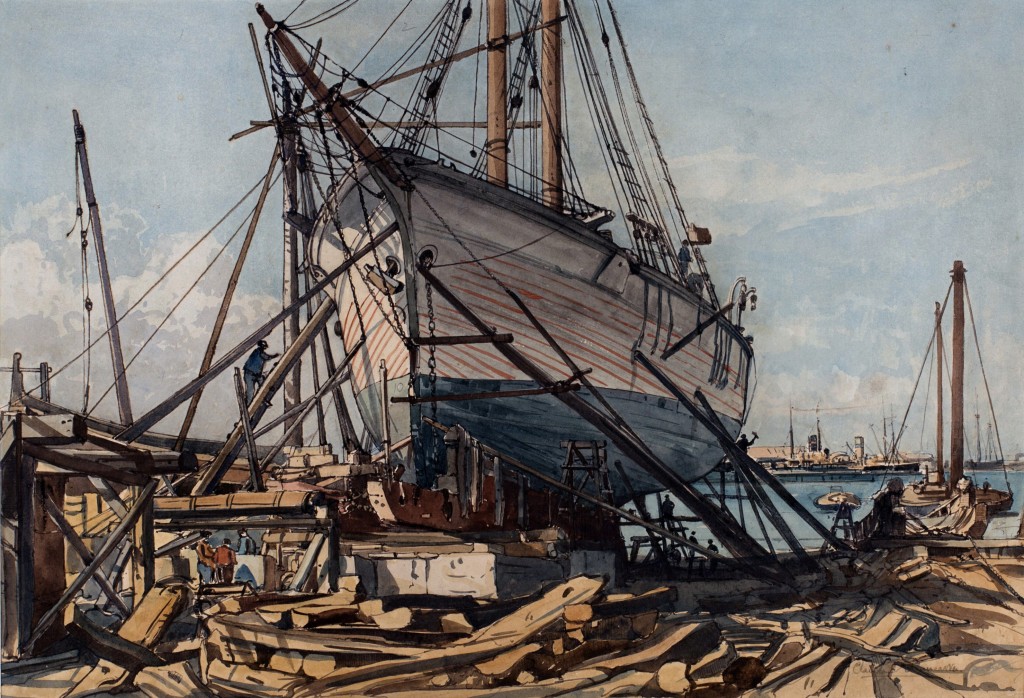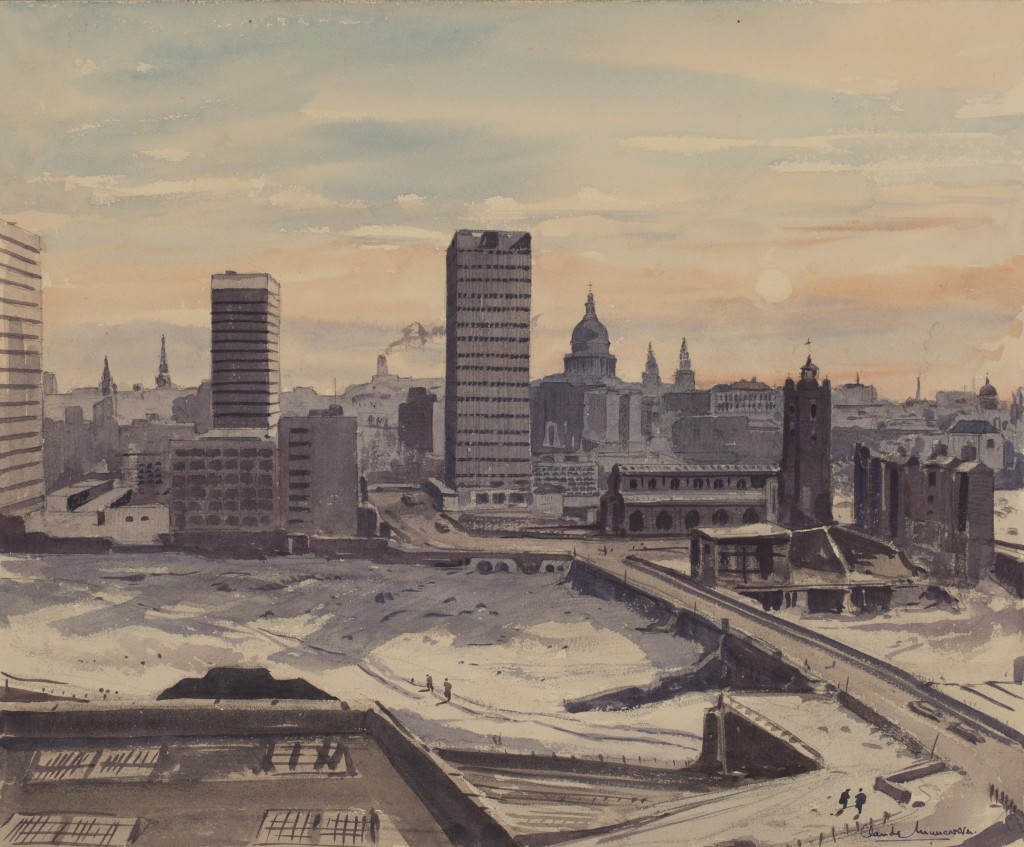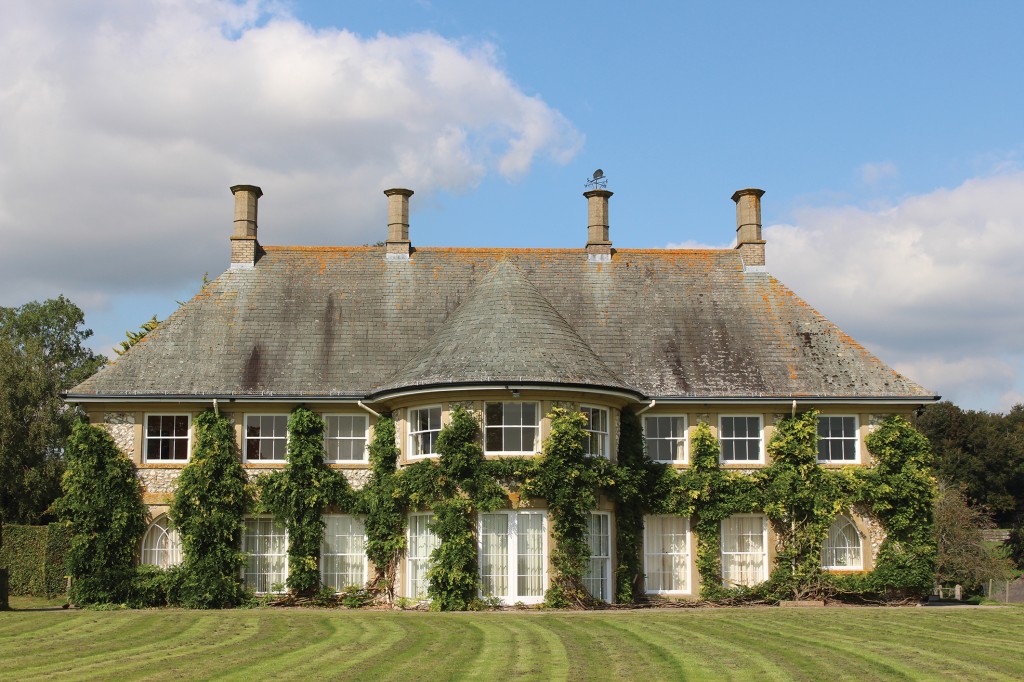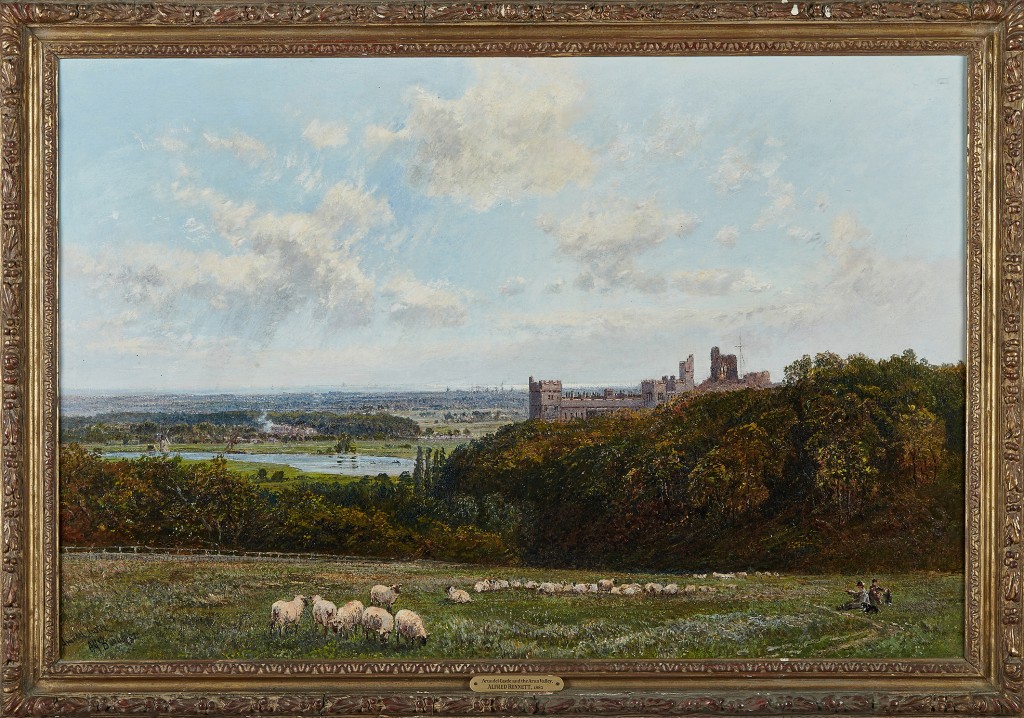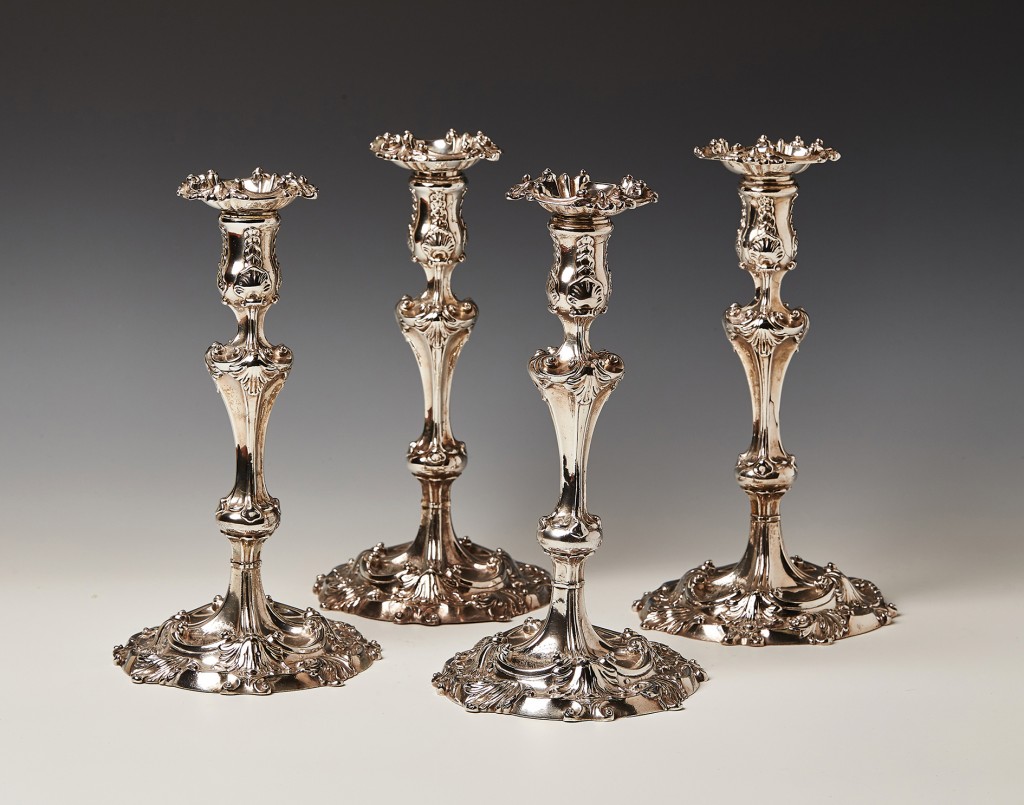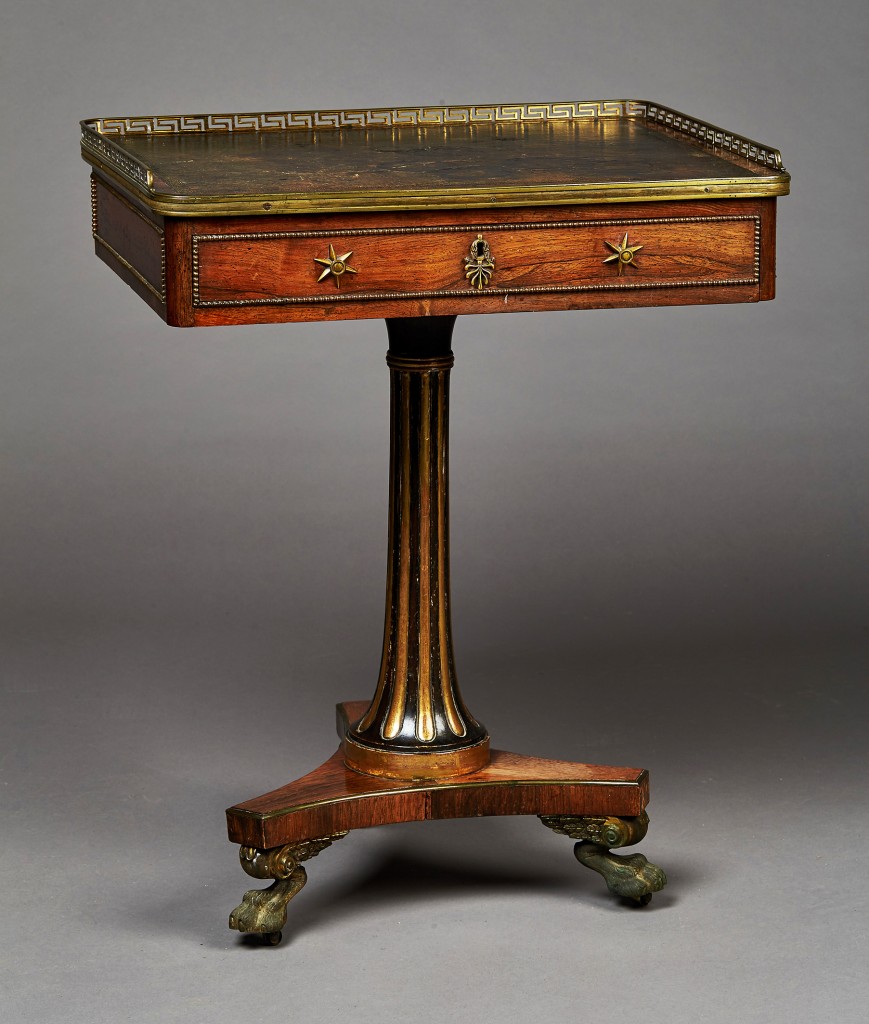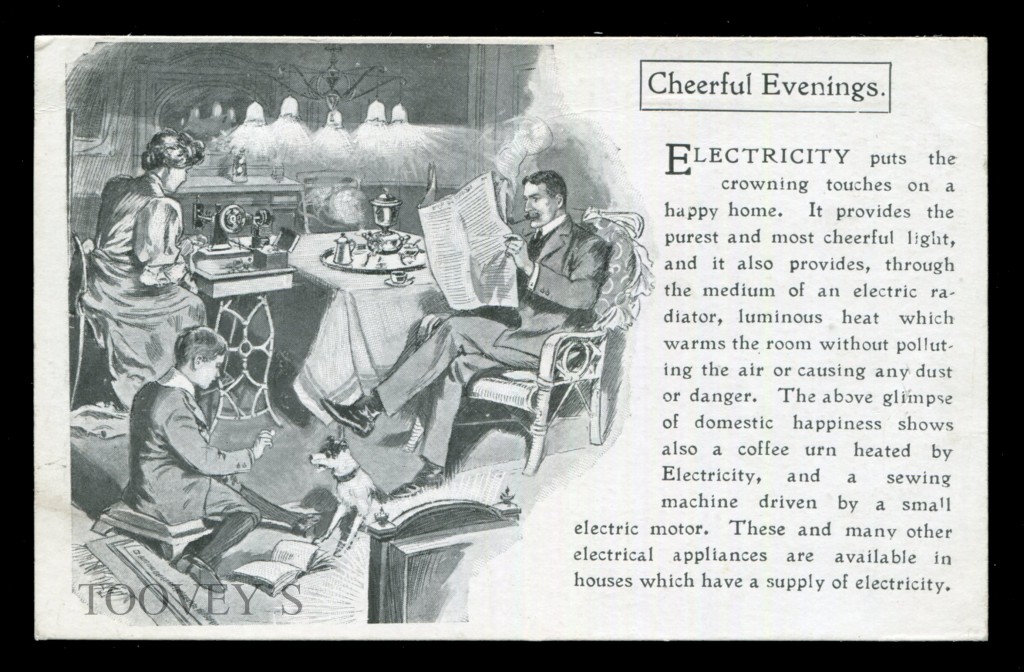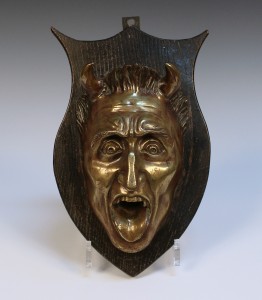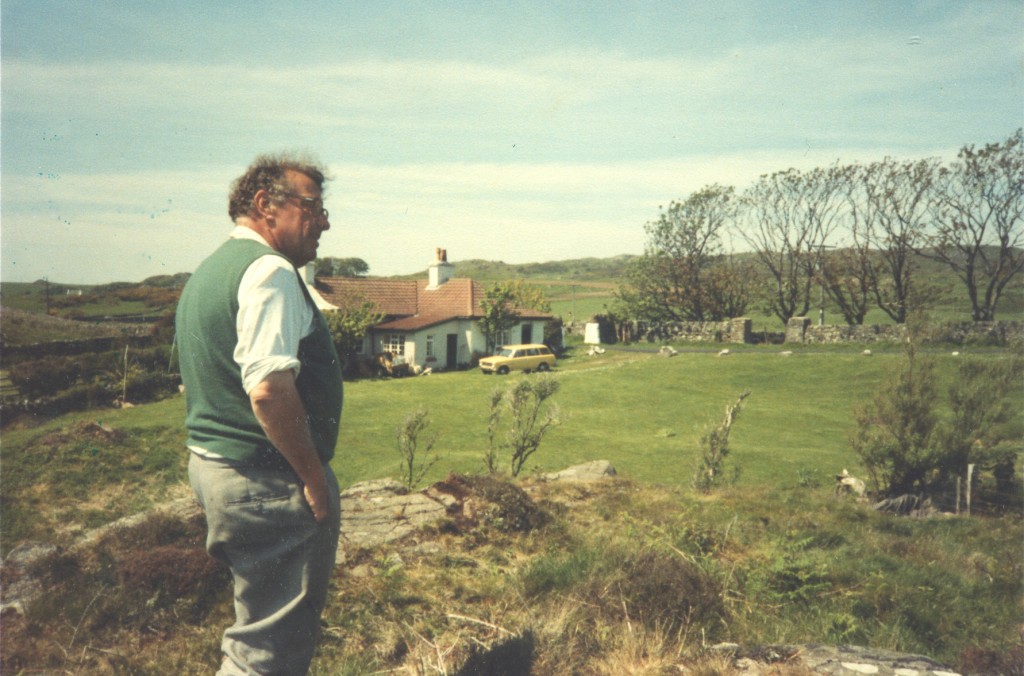
An important single-owner library collection will be sold at auction by Toovey’s, at their Washington salerooms, on Monday 11th July 2016. This exceptional private collection reflects the diverse interests of the Sussex based adventurer and bibliophile, Michael Gilkes (1923-2014).
I am in the company of Toovey’s Book Specialist, Nicholas Toovey, and Book Cataloguer, Becky Johnson. Nicholas comments “It’s exciting to see a collection focused on the particular interests of a man whose passion for adventure, sailing and the Scottish Islands never left him.” Becky agrees and says “There is a real depth of understanding expressed in this library.”
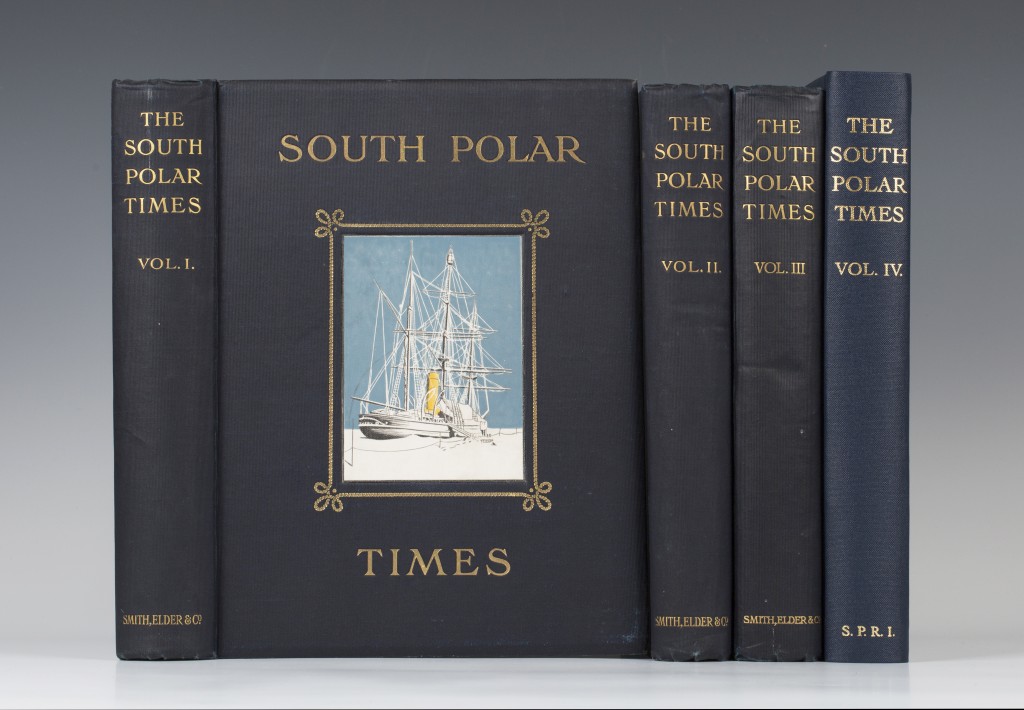
In 1946 Michael Gilkes received a posting, as a newly qualified doctor, to the Salvesen whaling fleet based in Leith and Grytviken, South Georgia. In preparation he began to acquire books on Antarctica. A generous post qualification gift from his great-uncle enabled Michael to purchase ‘The South Polar Times’ and the collection was born. These wonderful volumes contain the signature of Edward Evans, who was offered the post of second-in-command on Robert Scott’s fateful expedition to the South Pole in 1910-1913 on the Terra Nova. Evans accompanied Scott to within 150 miles of the Pole but was sent back suffering from scurvy, indirectly saving his life. Scott and his remaining fellow explorers would perish on the return from the Pole.
This remarkable collection is alive with historical connections like this.
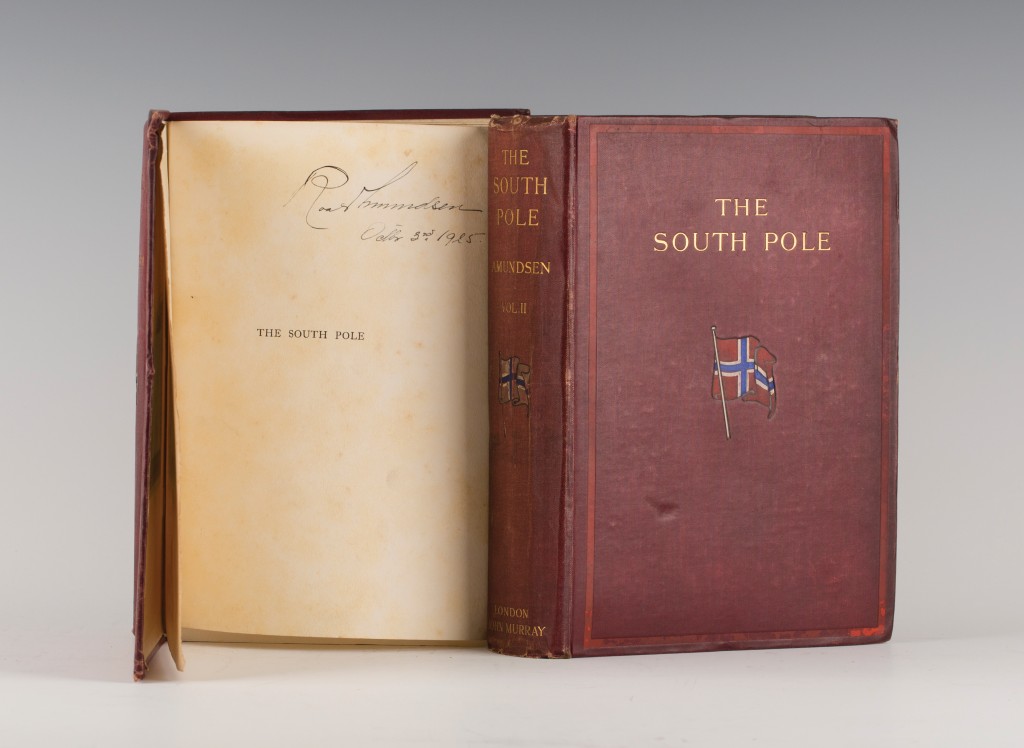
Amongst the books is ‘The South Pole, an Account of the Norwegian Antarctic Expedition in the ‘Fram’, 1910-1912’ which is signed by the Norwegian explorer Roald Amundsen. It describes his success in the race against Scott to be the first to reach the South Pole.
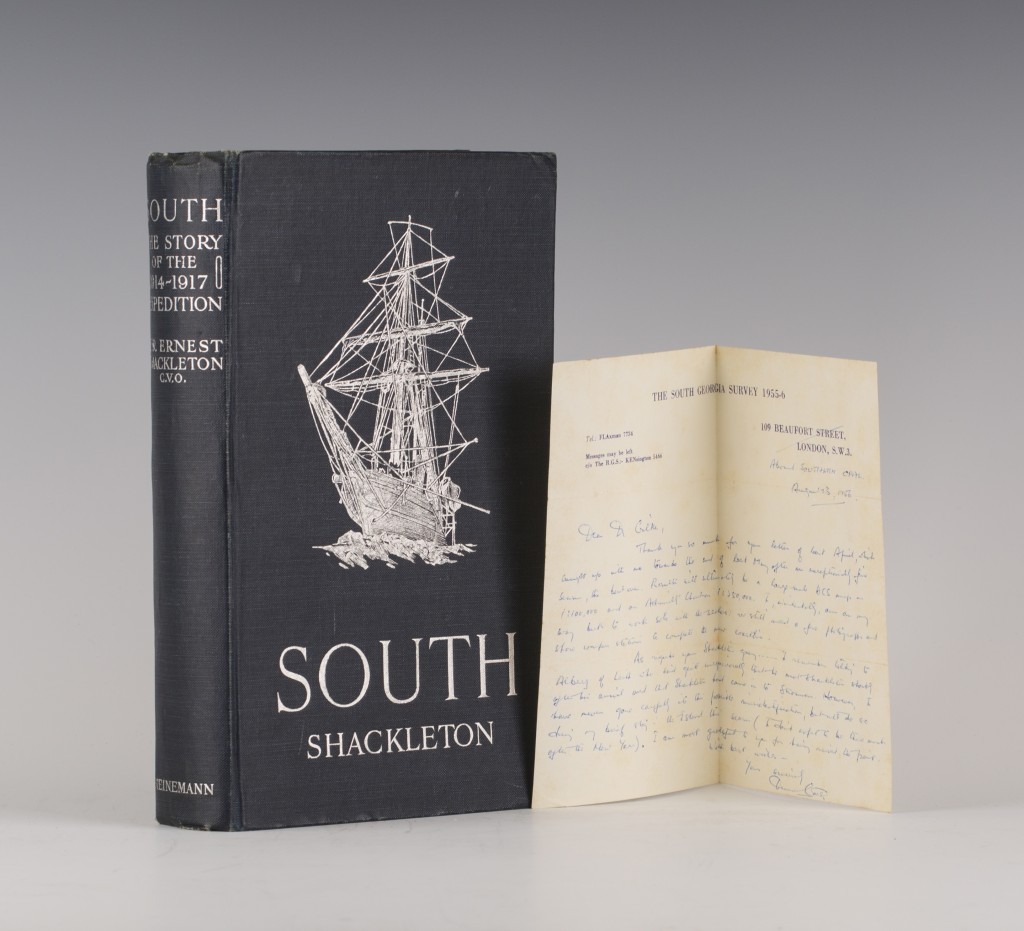
The third figure in this heroic age of Antarctic exploration was Sir Ernest Shackleton. Shackleton led three expeditions to Antarctica. His last adventure is captured in ‘South, Story of Shackleton’s Last Expedition 1914-1917’ which is accompanied by letters from the radio broadcaster and polar explorer, Duncan Carse. Disaster struck when Shackleton’s ship, Endurance, was trapped and crushed in the ice pack. The crew were forced to camp on the sea ice until it broke up. Once it melted, Shackleton led an extraordinary voyage in Endurance’s life boats. They covered more than 720 nautical miles across treacherous seas to reach South Georgia.
Dr Michael Gilkes shared these explorers’ adventurous spirit and thirst for knowledge, discovery and understanding.
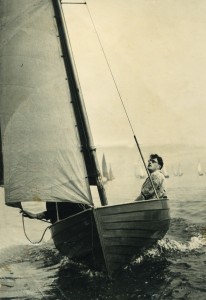
Over more than 60 years, the collection expanded to reflect his growing range of subject-related interests, which included – in addition to the general Antarctic section – named Antarctic expeditions, whales and whaling, works on the great explorers: Columbus, Cook, Scott, Amundsen, and Shackleton, a fine section on cartography, islands, and North and South America, including an extensive section on Patagonia. Sailing and Scotland are also represented.
During a long and rich life, Michael’s passion for adventure saw him crew on an America’s Cup Race. He lived and worked in both Jerusalem and the Gambia whilst researching Glaucoma. He built his own 30 foot yacht in his back garden and sailed her around Britain and to Europe. He travelled extensively, particularly in South America. Once Dr Gilkes had retired from his career as an ophthalmic surgeon he made a number of voyages back to Antarctica – the region which most continued to fascinate and draw him.
Nicholas Toovey concludes “The breadth of the library displays a lively mind and a man who combined a curiosity about the world with a desire to constantly add to his knowledge and understanding.”
The Michael Gilkes Collection will be auctioned on Monday 11th July at 1.30pm. For more information on this remarkable single owner library collection contact Toovey’s book specialist, Nicholas Toovey on 01903 891955, or visit www.tooveys.com.
